Events
10 St Patrick’s Day Events You’ve Never Heard Of (But Should Attend)
Slide Nr 1How a 5th-century English missionary to Ireland became a global phenomenon remains a mystery, but today, St Patrick is the unofficial patron saint of dressing in green, drinking Guinness and singing sentimental ballads. Known as Lá Fheile Pádraig in Gaelic, 17 March is commemorated as his death day across the globe – and not just as a solemn religious observance, but a celebration of Irishness the world over. While the largest parade is held in New York City and the most authentically Irish festivities are found in Dublin, curious travellers can find unique ways to celebrate in all four corners of the globe… [Photo © Montserrat Tourism Division]
By Greg Langley
0/10
Events
10 St Patrick’s Day Events You’ve Never Heard Of (But Should Attend).
Slide Nr 2First To Celebrate: Auckland, New Zealand – New Zealand has a strong historical link to Ireland, with immigrants first arriving from the Emerald Isle to the Land of the Long White Cloud in the 1840s. And thanks to the quirks of the International Date Line, it’s the first place to annually break out the Guinness and green. Auckland, the largest city in the country, attracts thousands who come to watch the parade and partake of a grand fleadh (dance and music fest).
1/10
Events
10 St Patrick’s Day Events You’ve Never Heard Of (But Should Attend).
Slide Nr 3Where Irish Convicts First Landed: Sydney, Australia – The “luck of the Irish” deserted the organisers of Australia’s largest St Patrick’s shindig when a 2014 rainstorm destroyed the parade and forced the committee into bankruptcy. 2019, however, will see the parade’s revival. The venue is the historic Rocks district, in the shadow of the iconic coat hanger Harbour Bridge. The area will be turned into an Irish village with live music, stalls, and the “greening” of the Opera House. The riotous Mercantile, one of Australia’s best-loved Irish pubs, will be smack in the epicentre.
2/10
Events
10 St Patrick’s Day Events You’ve Never Heard Of (But Should Attend).
Slide Nr 4Extreme Cultural Fusion: Tokyo, Japan – Of all the cultural mash-ups staged around the world on St Patrick’s Day, one of the most bizarre can be found in Tokyo. The flags of Japan and Ireland fly side-by-side as a parade marches down Omotesando Street with some 500 Japanese residents dressed as leprechauns, dancing jigs and performing in an Irish marching band. The Irish cultural festival at Yoyogi Park precedes the parade and includes Irish stout, stew and steamed oysters.
3/10
Events
10 St Patrick’s Day Events You’ve Never Heard Of (But Should Attend).
Slide Nr 5A Tribute To The Monks: Munich, Germany – 24 years ago, the local council issued a permit for 300 people to celebrate St Patrick’s Day in Munich – 3,000 showed up. Already the home of the Oktoberfest, the world’s largest folk festival, Munich has seen its Irish party swell annually; last year more than 20,000 people marched, watched or celebrated. Publican Paul Daly, the man who started the festival, says Bavaria’s historical link to Ireland can be traced all the way back to when Irish monks introduced Christianity and education back to the region after the Dark Ages – so it’s not all just about drinking.
4/10
Events
10 St Patrick’s Day Events You’ve Never Heard Of (But Should Attend).
Slide Nr 6The Birthplace Of St Patrick: Banwen, Wales – Although little is known about St Patrick’s life, the small Welsh village of Banwen claims to have been the site of his birth. Local legend has it that St Patrick was a British Roman born there in AD 385, kidnapped by pirates at the age of 16, and sold into slavery in Ireland. If you like your St Patrick’s Day celebrations low-key, this is the place to go. The annual event sees a small collection of Welsh pipers, residents, historians and school children gather by a stone commemorating the birthplace of the patron saint of Ireland, before retiring to a community centre for a cup of tea.
5/10
Events
10 St Patrick’s Day Events You’ve Never Heard Of (But Should Attend).
Slide Nr 7Where It All Began: Waterford, Ireland – St Patrick’s Day has been celebrated in Ireland as far back as the 10th century, but it didn’t become a national public holiday until 1903 – thanks to James O’Mara, an Irish member in the British Parliament. That year Waterford, Ireland’s oldest city, held the country’s first St Patrick’s Parade. O’Mara later blotted his record (as far as revellers were concerned) by introducing a law requiring pubs to be shut on 17 March after drinking got out of hand, a provision only repealed in the 1970s. Waterford still celebrates St Patrick’s with a music festival, concerts, a parade and a lot of passion.
6/10
Events
10 St Patrick’s Day Events You’ve Never Heard Of (But Should Attend).
Slide Nr 8Across “The Pond”: Newfoundland and Labrador, Canada –The closest point in North America to Ireland is the easternmost Atlantic Canadian province, and the region has a deep-seated connection to the Emerald Isle: it’s called “the most Irish place in the world outside Ireland” and is one of the few non-Irish places to celebrate St Patrick’s Day as a public holiday, although they celebrate on the closest Monday to 17 March. The festival lasts a week, and St. John’s is the place to head; you can’t miss George Street, which boasts the most bars and pubs per square foot in North America. [Photo: Michel Rathwell/Wikimedia Commons]
7/10
Events
10 St Patrick’s Day Events You’ve Never Heard Of (But Should Attend).
Slide Nr 9Calypso Flair: Montserrat – Aside from Newfoundland and Labrador, “The Emerald Isle of the Caribbean” is the only other place outside Ireland where St Patrick’s is a national holiday, and they celebrate it with a 10-day festival. The link to Ireland was forged when Irish immigrants, escaping religious persecution, arrived on the island’s golden beaches. The tradition was reinforced when 17 March marked the country’s first slave rebellion in 1768, and today’s festivities revel in Montserrat’s Irish kinship while celebrating the eventual emancipation of the slaves. The fusion of African and Irish heritage gives the festival a “green calypso” atmosphere with steel drum bands and Creole food. [Photo © Montserrat Tourism Division]
8/10
Events
10 St Patrick’s Day Events You’ve Never Heard Of (But Should Attend).
Slide Nr 10El Día de San Patricio: Buenos Aires, Argentina – Known as El Día de San Patricio, Buenos Aires hosts the largest St Patrick’s Day festival in South America. The city is home to the 5th biggest Irish community in the world, so the event is a sight to see, taking up 10 blocks along Reconquista Street, complete with music and dancing. The annual parade features bagpipers, costumed elves, fairies, Irish dancers and a leprechaun costume contest.
9/10
Events
10 St Patrick’s Day Events You’ve Never Heard Of (But Should Attend).
Slide Nr 11A Quirky Little Place: New London, Wisconsin, US – Irish roots run deep in New London, going back to the 19th century when a large influx of immigrants helped shape the town’s modern traditions. Around St Patrick’s Day, highway signs are changed to read “New Dublin”, corned beef and cabbage appear on the menu at local restaurants, “leprechauns” visit hospitals, and Irish carollers sing at the senior citizens’ home. Another quirky feature includes a staging of Finnegan’s Wake (a tribute to James Joyce), in which a green-painted hearse drives down the parade route, escorted by bagpipe players and the high school marching band. [Photo: digidave/Flickr]
10/10



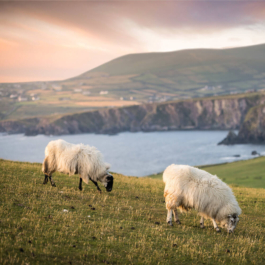
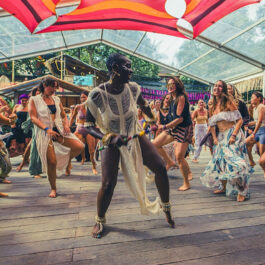


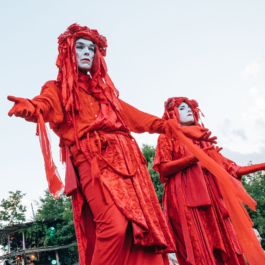
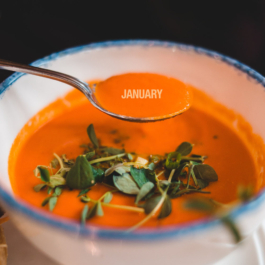

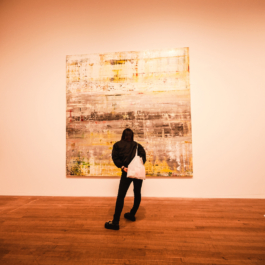



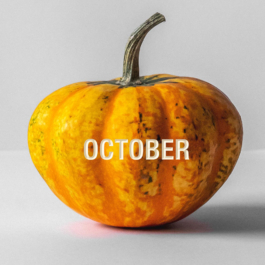
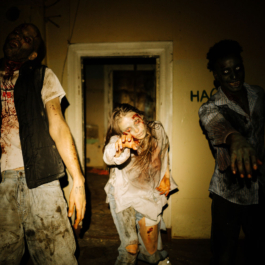
Sorry, the comment form is closed at this time.